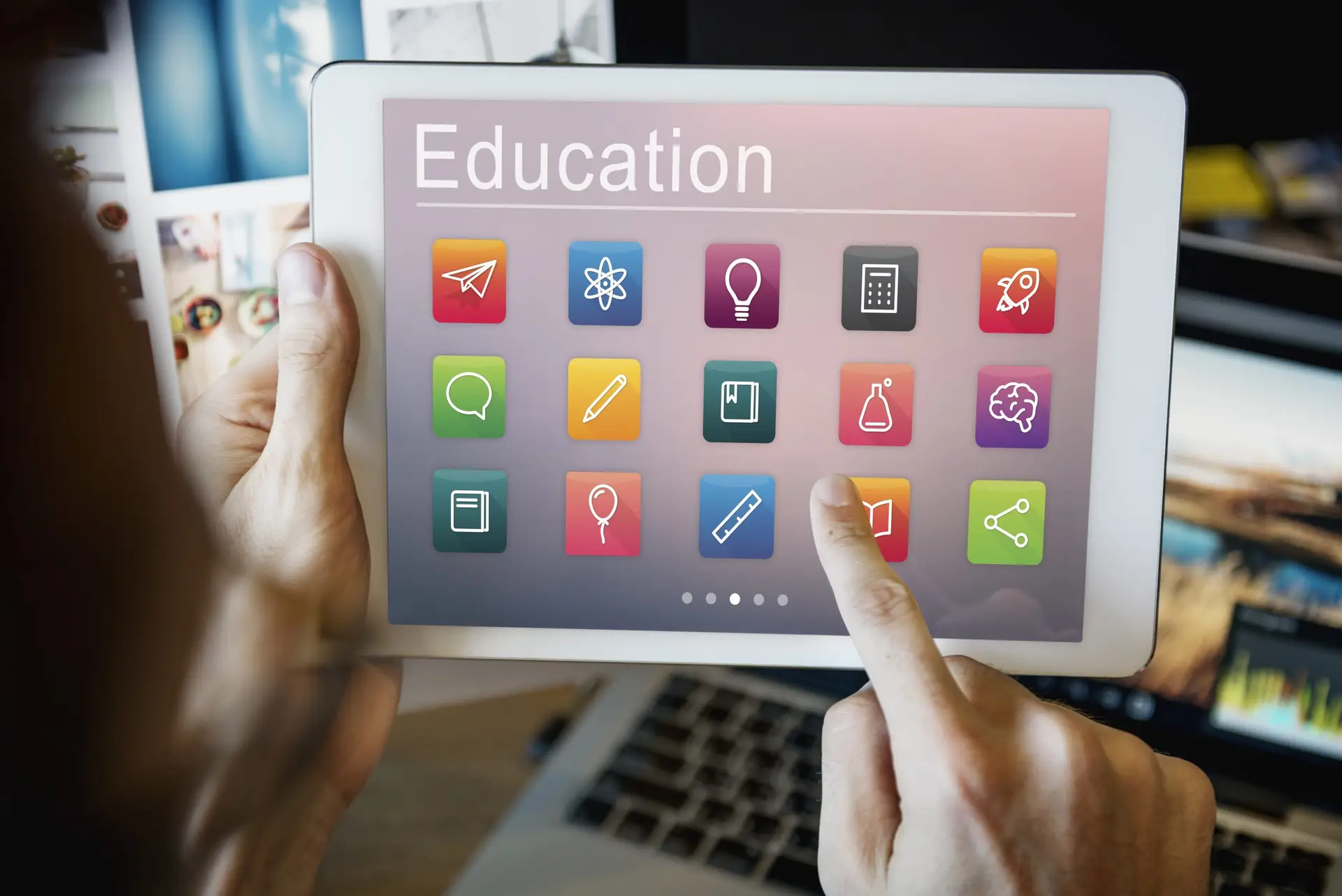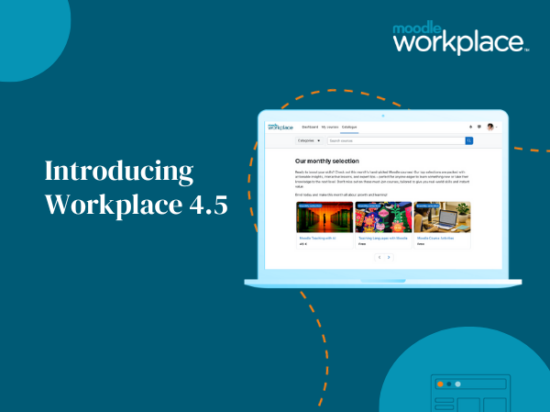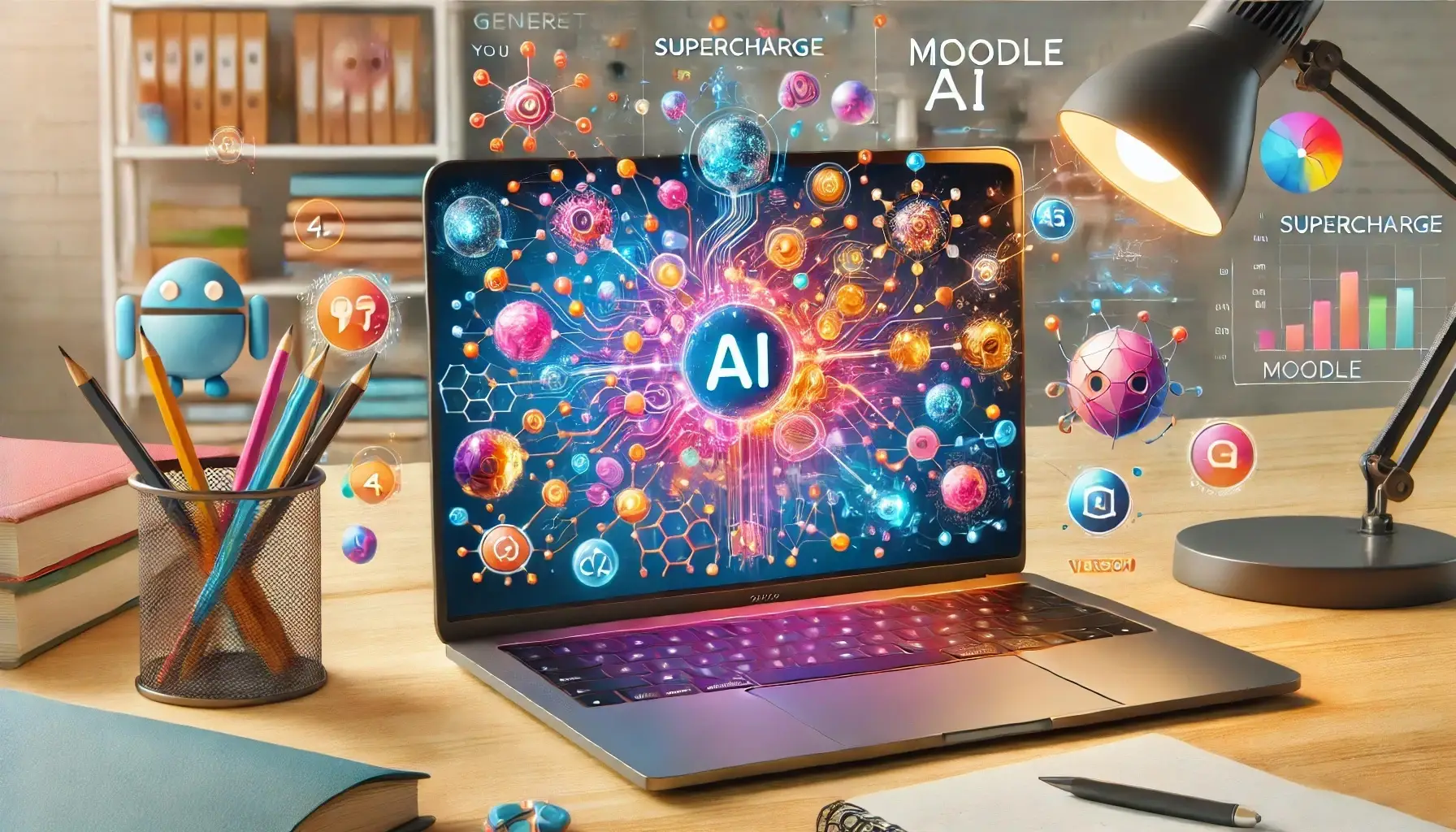Workflow tools are getting more sophisticated in connecting the dots between training and on-the-job performance.
A wide variety of digital tools are now available to L&D managers who may be dealing with a differing skill levels and job requirements.
Here are some you may not have considered with brief descriptions about how they work.
Chatbots and Voicebots
No doubt you have encountered these digital helpers when you are using an app, like an airline site to book a ticket. You will most likely get a dialog box with a chatbot asking you if you would like your questions answered that you are not finding on the website.
This same technology can be used during the onboarding process as prompts for new employees by directing them to the right answer. The responses are programmed and can address many basic questions like HR functions and where to find resources.
Checklists
Like the name implies, these are digital reminders on the resources you’ll need to perform a task. They can be accessed through an app for a particular job level, whether it is warehouse ordering a part, or for a surgeon making sure all the procedures and parts are available in a pre-check list. Yes, parts. You never know when that replacement knee might be out of stock.
Checklists can also be applied repetitive tasks such as retail outlets where daily tasks have to be undertaken in a timely fashion.
System Syncers or Service Apps
There are many tools on the market now that link workflow tools such as emails or files which can synch to Google Drive or Dropbox. Google Drive is another easy-to-access digital warehouse for collaborative documents, contracts, marketing projects, images, etc. Task lists can also be synched directly to collaborative apps like Slack. These digital platforms serve as a nerve center for workflow documentation, collaboration, and instant message that can be parsed into organisational groups.
Feedback
Discussion boards and online forums allow employees to comment on workplace initiatives or training. Moodle and Totara offer these functions as a standard feature. Smartphones also allow L&D managers to get instantaneous feedback from employees who can record their impressions, take a photo, and then send the response files back to L&D managers for incorporation into training.
These are just a few of the tools available to L&D managers to involve the workforce in the creative process of delivering what’s needed in training and upskilling.
My Learning Space can help you employ these workflow tools.







